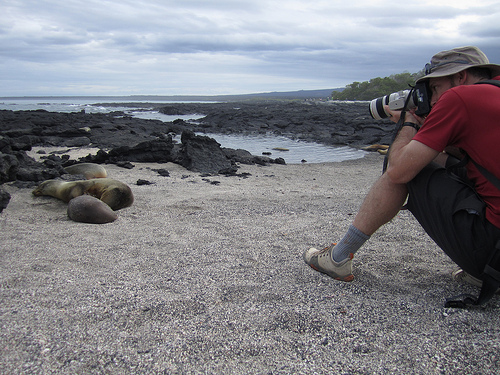(This comes from the Newburyport Birder’s Newsletter with slight modifications.)
Study wildlife identification on your own before going out into the field. Learn about the most abundant species in the area, focusing on their physical markings and common behaviors. Even just familiarizing yourself with the sections of your identification book will be an enormous help in the field as you try to find information while keeping track of an animal on the move.
Develop your wildlife viewing techniques: scan bushes, trees and shrubs for subtle movement; cup your hands around your ears to help amplify sound.
Find wildlife with your eyes first, then focus in with your binoculars. Look for nearby landmarks and objects to help direct others to your sighting.
Look for wildlife signs. Scat, tracks, whitewash and buck rubs are just a few of the signs that tell you wildlife is nearby.
Wear clothing that blends with your surroundings /except/ during hunting season when bright colors are advisable. Earth tones and drab colors work best and help you blend into the background.
Your vehicle makes an excellent wildlife blind. Animals are often used to vehicles and will pass close by. Turn off your engine and sit quietly. Wildlife may come right to you.
Most animals have very strong senses of sight, sound and smell. Move slowly and quietly to avoid attracting their attention.
An upright human figure stands out in the landscape. To disguise your shape, try crouching down.

- Crouch down when possible to avoid startling wildlife. photo by Seven Bedard
Animals may be startled by staring human eyes. Try wearing a wide-brimmed hat to shade and hide your eyes.
Watching and listening are the two keys to identifying wildlife warning signals. Animals communicate distress in subtle ways.Learning these signals is important for your safety and the animal’s welfare.
Sue McGrath
